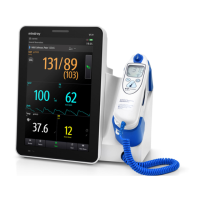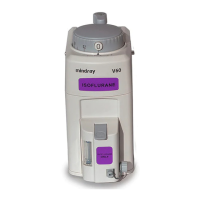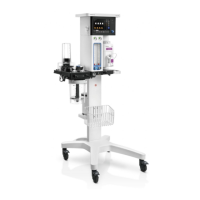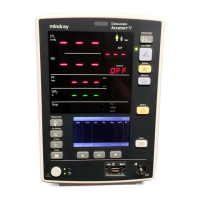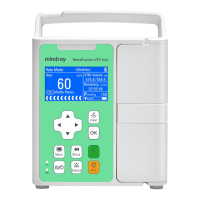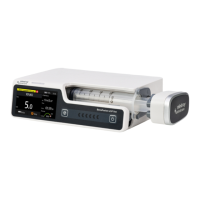6
Accutorr
®
Quick Reference Guide
d. Select the Main quick key or to return to the main display.
NIBP*
Factors that Affect Blood Pressure Measurement Accuracy
The accuracy of non-invasive blood pressure (BP) measurement has been shown
to be affected by numerous factors. Some of the more important aspects (based
on published literature) to consider while measuring BP are:
• Thecuffshouldfitsnugly,butwithenoughroomfortwofingerstobe
placed between the cuff and the patient’s arm (on adults), and loosely on
neonates with little or no air present within the cuff.
• UsetheGuidanceTableprovidedtoselectthepropersizecuff.Toosmall
a cuff has been shown to result in the overestimation of BP (systolic and
diastolic) while too large a cuff results in the underestimation of BP. Errors
in the 10 to 40 mmHg range can occur.
Ensure that the cuff is wrapped directly over the patient’s skin. BP measurement
could be 10 to 40 mmHg higher or lower than actual when the cuff is applied
over clothing.
• Thecuffshouldbeappliedsothatthecenterofthebladderinthecuffis
over the brachial artery. Use the reference marker for this.
• Forbestresults,thecuffshouldbeplacedonthearmatheartleveland
the lower arm supported passively. Published data indicates that BP can
increase about 2 mmHg for every inch that the cuff is below heart level
and decrease by the same amount if above heart level.
• Avoidcompressionorrestrictionofthepressurehose.Donotplacethe
NIBP cuff on a limb that is being utilized for any other medical procedure,
for example, an I.V. catheter.
• HavethepatientsitquietlyforseveralminutesbeforeBPmeasurement
and remain still during measurement to avoid unnecessary motion
artifact. If the patient has not rested before measurement, BP could be
elevated by 10 to 20 mmHg.
• DonottalktothepatientduringBPmeasurementastalkinghasbeen
shown to result in a 10 to 15 mmHg overestimation of BP.
• Thepatient’sbackandfeetshouldbeproperlysupportedwiththe

